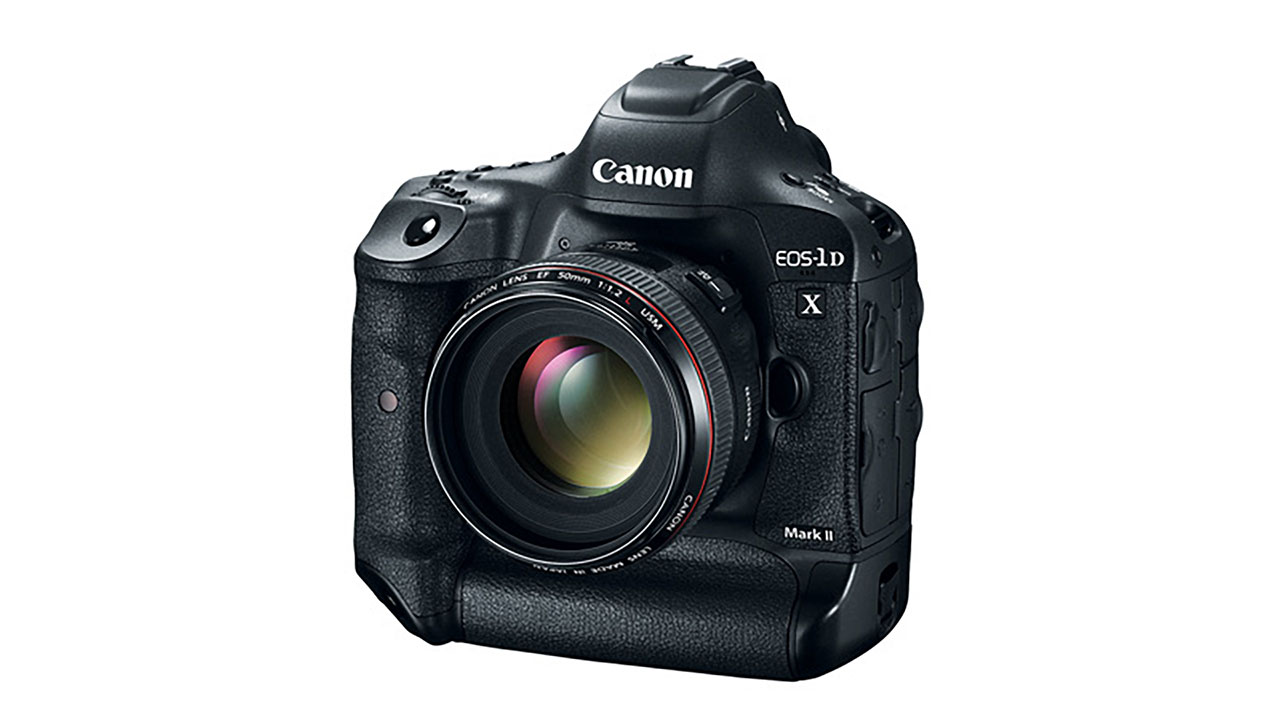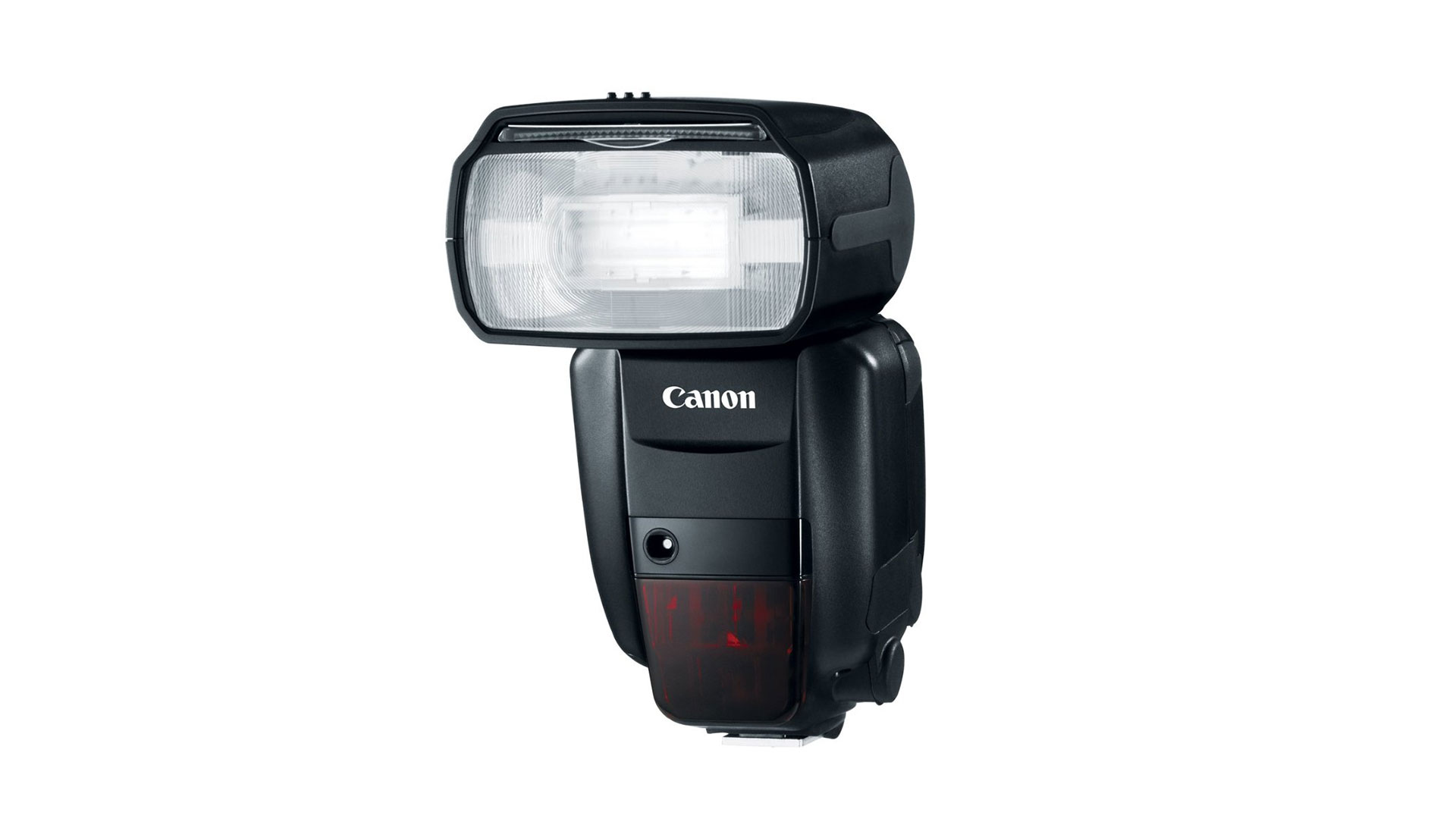Technolust: Eye of the Beholder

Feast your eyes on this
I love looking at good pictures—from old photos dating back to the first cameras, to Ansel Adams, to our modern frequently Photoshopped masterpieces. There's definitely an art to taking a great photo, and as the son of an artist [Shout out: Hi, Mom!], I appreciate seeing the results of the truly skilled photographers of the world. I am most definitely not an extremely skilled photographer, but I'd like to get better, and one thing that would certainly help would be stepping up from my smartphone and entry-level DSLR equipment. They get the job done, sure, but when it comes to family photos, reunions, and other events—not to mention trying to snap some high-quality photos of the technology I review—there are far better options. Technolust is where I can forget about cost and other constraints and dream of what might be.
Before I get into the picks, let me start by noting that the choice between the major professional DSLR vendors can be as passionate as debate about AMD or Nvidia graphics cards. I've used both Canon and Nikon over the past decade and more, switching teams when all of my equipment got snagged about five years back. The thing is, I'm not particularly beholden to either company, as I only have a kit lens and a 50mm prime for my current Nikon D3100. And since Alex went the Nikon route on his camera technolust, I'm going to take the other path. Let the flames commence….

A time-traveling camera body
The facts of the steady march of technology are that new products are always just around the corner, and no matter what you buy today, it will eventually become outdated. That doesn't mean your older camera equipment will actually stop taking good photos, but if I'm going to lust after the best camera money can buy, I don't want to start on soon-to-be-outdated tech. So I'm jumping forward in time and picking Canon's upcoming DSLR tour de force, the EOS-1D X Mark II, slated to launch on April 25, 2016.
The specs on this new model are pretty nuts, starting with a 20.2MP 3:2 full-frame sensor. Some of the changes are evolutionary rather than revolutionary, but the new model is a pretty sizable jump from the previous generation EOS1D X. The maximum resolution is now 5472x3648 (vs. 5184x3456), which isn't that big of a deal, but now you can also record 4K video, along with a variety of other formats. Using a DSLR for video will likely never match the quality of a dedicated video camcorder, but it's nice to have the option. The Mark II is also the first Canon DSLR to support CFast flash, which is another can of worms (it also has a second CF slot for up to UDMA 7 CF media). Using a new CFast 2.0 card allows for a burst rate of up to 170 RAW images at 14 fps, helped along by the new dual DIGIC 6+ processors—or you can capture in JPG format until you run out of storage space.
The ability to shoot the best quality images possible is the main draw here, but the video capabilities have been seriously upgraded. Canon lists 4K at 59.94fps (Motion JPEG) as an option, though that will chew through storage at a rate of nearly 6GB per minute (800 Mb/s bitrate). 4K at 29.97fps is also supported, again via Motion JPEG, with a 500 Mb/s bitrate, or if you're looking for other video formats, 1080p at 120fps (but apparently without audio) is available. It's enough to give a budding videographer a start, and it's nice to see the top-of-the-line Canon not force customers to choose photo or video as the primary focus.
There's a well-known adage that you'll spend more money on your glass (lenses) than on your camera body, but the EOS-1D X Mark II challenges that assumption by setting you back a stunning six grand. That's a lot of lenses, but by the time you get all of your other accessories together, the body will probably only be a small part of what you spend on equipment. If that's too much, you can always opt for one of the lesser Canon bodies—the EOS 6D is their least expensive full-frame offering, while the EOS 7D Mark II uses an APS-C sensor.
What does the EOS-1D Mark II get me?
I've snapped plenty of photos using a variety of DSLR cameras, and when you compare the image quality of a high-end full-frame camera to that of smartphones or even entry-level DSLRs, it's a huge jump in quality; but with great power comes great responsibility. This camera is frankly more than I really need, but that's sort of the point. I'm not a professional photographer, and this is very much in the professional realm of equipment. With a camera like this (and a few appropriate lenses plus other accessories), there would be no more excuses for crappy images other than my lack of skill. From stills to video, macro to landscape, and time-lapse to fast motion, the EOS-1D can do it all. And if you don't want to do it all, it's complete overkill—just stick with your smartphone until you have a better appreciation for interchangeable lenses and are willing to deal with carrying around a bunch of bulky equipment.
Keep up to date with the most important stories and the best deals, as picked by the PC Gamer team.

Through the looking glass
In an ideal world, where you have infinite money and carrying capacity, not to mention the ability to instantly swap between lenses, I'd go for a complete set of prime lenses as my starting point for a camera like the EOS-1D X. Their fixed focal lengths generally mean superior image quality over zoom lenses set to a similar value, but they lack versatility. For most photos, I'd want a "one size fits most" lens, and the best option for that is the Canon EF 24-70mm f/2.8L II USM. Considering this is only one lens, the $1,750 asking price (which includes a convenient backpack, filters, and cleaning kit at no extra charge right now) is more than non-professionals are likely willing to pay, but it handles a great variety of shoots.
You can use the 24–70mm to capture intimate details from a distance, for portraits, or for group photos. The shallow f/2.8 depth of field allows for artistic shots and softening of non-critical details, and the wide aperture means you can often get by without a flash. It may not be able to match the overall quality of a quartet of prime lenses—I'd personally love to have a 24mm, 35mm, 50mm, and 85mm—but each of those high-end primes costs nearly as much as the 24–70mm f/2.8L, and you'd have to swap lenses depending on the subject.
While this lens can do just about everything you might normally want, and in impressive fashion, there is one missing feature: image stabilization. Most of Canon's competing zoom lenses with IS stop at a maximum aperture of f/4.0, though, so it's generally an acceptable trade. If you need IS, the Canon EF 24–105mm f/4 L IS USM is a lower-priced alternative that's definitely worth a look. Or you could look at non-Canon brands like the Sigma 24–105mm f/4.0 DG OS HSM and Tamron 24–70mm f/2.8 Di VC USD; they're not necessarily priced better, but some prefer the features. But you can never have too many lenses, and I'd also love to add in a great telephoto lens like the Canon EF 70–200mm f/2.8L IS II USM.
What does this lens get me?
I currently have two lenses for my Nikon D3100: the 18–55mm kit lens that does okay but generally fails to impress, and a 35mm prime f/1.8 lens. The latter takes better photos, but it also requires more work in terms of setting up shots, especially at trade shows. I've had the opportunity to use much better lenses in the past, and moving up to a high-end lens would elevate the quality of my photos, and I could probably start doing family pictures that would be worthy of printing. I've used my DSLR enough to know that once I leave home, swapping lenses is a pain that I don't usually want to deal with, so having a good jack-of-all-trades lens would be ideal for 90 percent of my shooting.

Big city lights
With a great camera body and a lens (or several) in hand, what could possibly be left to separate me from photography nerdvana? Well, a lot, actually. There are so many other items I'd like to have, including a good tripod, spare battery packs, more flash storage, diffusers, lightboxes, umbrellas, and more! I'd love to have a studio with the appropriate materials available as well, but that's probably more of a "fantasy" than a "technolust" item. One thing that I haven't covered yet that is super useful for getting better photos, however, is a good flash.
The built-in popup flash included in most cameras is, in a word, garbage. You can sometimes work around it if you get the right angle on a subject, but more often than not you'll end up with hot spots that ruin photos, whacked out shadows, or incorrect colors. The best start to getting around all of the issues with the popup flash is to get a dedicated flash, and the current crème de la crème is the Canon Speedlite 600EX-RT.
Let's start with the name: the RT is for "Radio Transmission," which means in addition to the normal optical wireless transmission, the flash can be remotely controlled via radio (line-of-sight not required) from up to 98 feet away. You can angle the head 90 degrees up, 7 degrees down, and swivel in either direction 90 degrees, giving you full bounce flash coverage. The flash also includes a backlit LCD with pertinent details on flash status, wireless and other settings, making it easier to set up than previous models. And of course, you can still use the flash in the hot shoe mount.
If one Speedlite flash is good, more is better, and the 600XE-RT allows you to assign up to five flash groups with up to 15 Speedlites. Now, I'm not even going to suggest I need $7,000 worth of flashes, but it is technically possible, and there are many times where it would be handy to have two or three wireless flashes. But even one good flash paired with a diffuser can do wonders for getting usable photos as opposed to blown-out messes.
What can the 600EX-RT give me?
Remember at the start where I mentioned having a Canon DSLR and equipment that got stolen? (It's a long story, involving CES and a Las Vegas taxi cab, if you're wondering.) Well, I had an older model Speedlite in my backpack, and I've never quite gotten around to buying a replacement. I've tried to make do with using direct lighting, and I manage, but a good remote flash would work far better and be more convenient. Being able to detach the flash and set it at a different angle than where I'm shooting from makes for much better flash photography.
Jarred's love of computers dates back to the dark ages when his dad brought home a DOS 2.3 PC and he left his C-64 behind. He eventually built his first custom PC in 1990 with a 286 12MHz, only to discover it was already woefully outdated when Wing Commander was released a few months later. He holds a BS in Computer Science from Brigham Young University and has been working as a tech journalist since 2004, writing for AnandTech, Maximum PC, and PC Gamer. From the first S3 Virge '3D decelerators' to today's GPUs, Jarred keeps up with all the latest graphics trends and is the one to ask about game performance.


